What is it about watermelons and Russians?
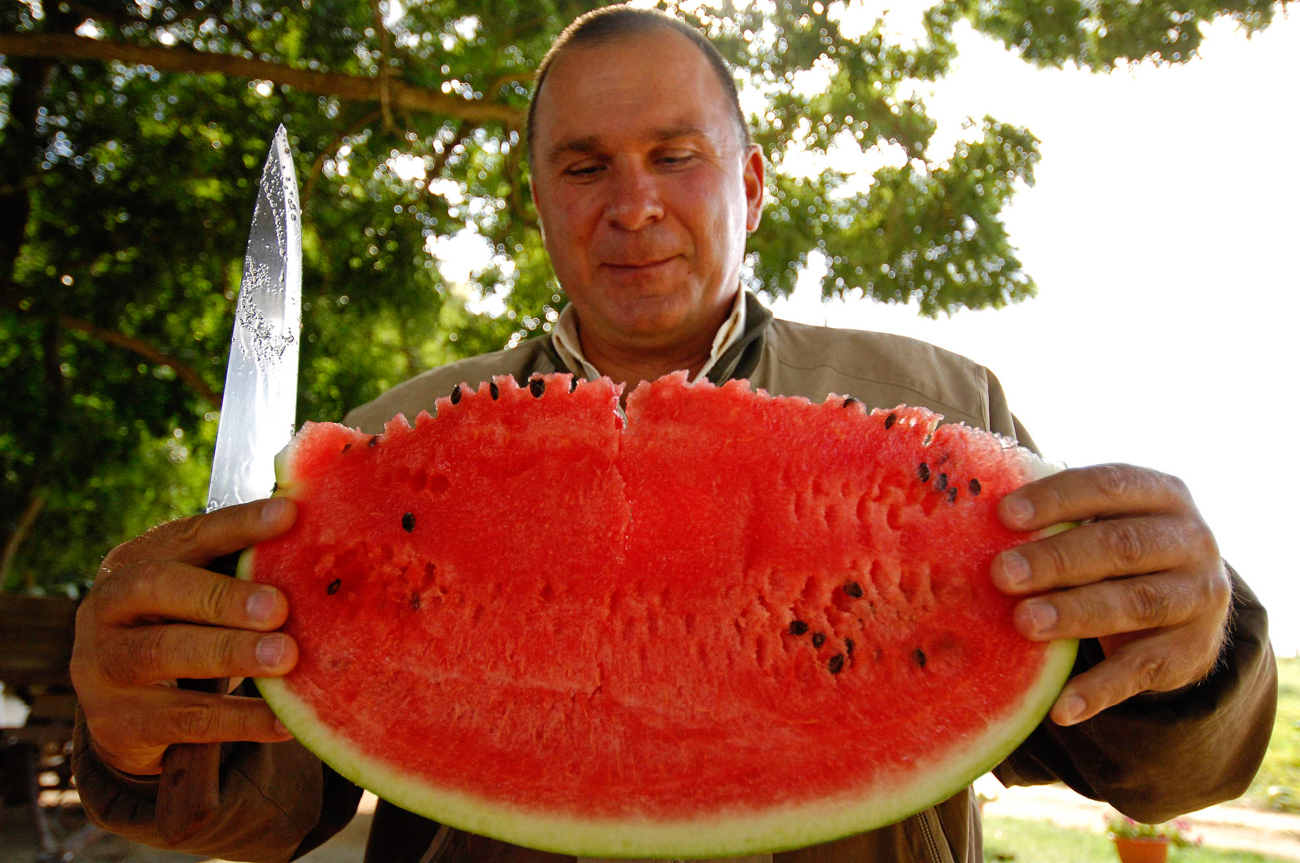
Although the time for the best watermelons is the beginning of August, most stores start selling them in July or even June.
Mikhail Mordasov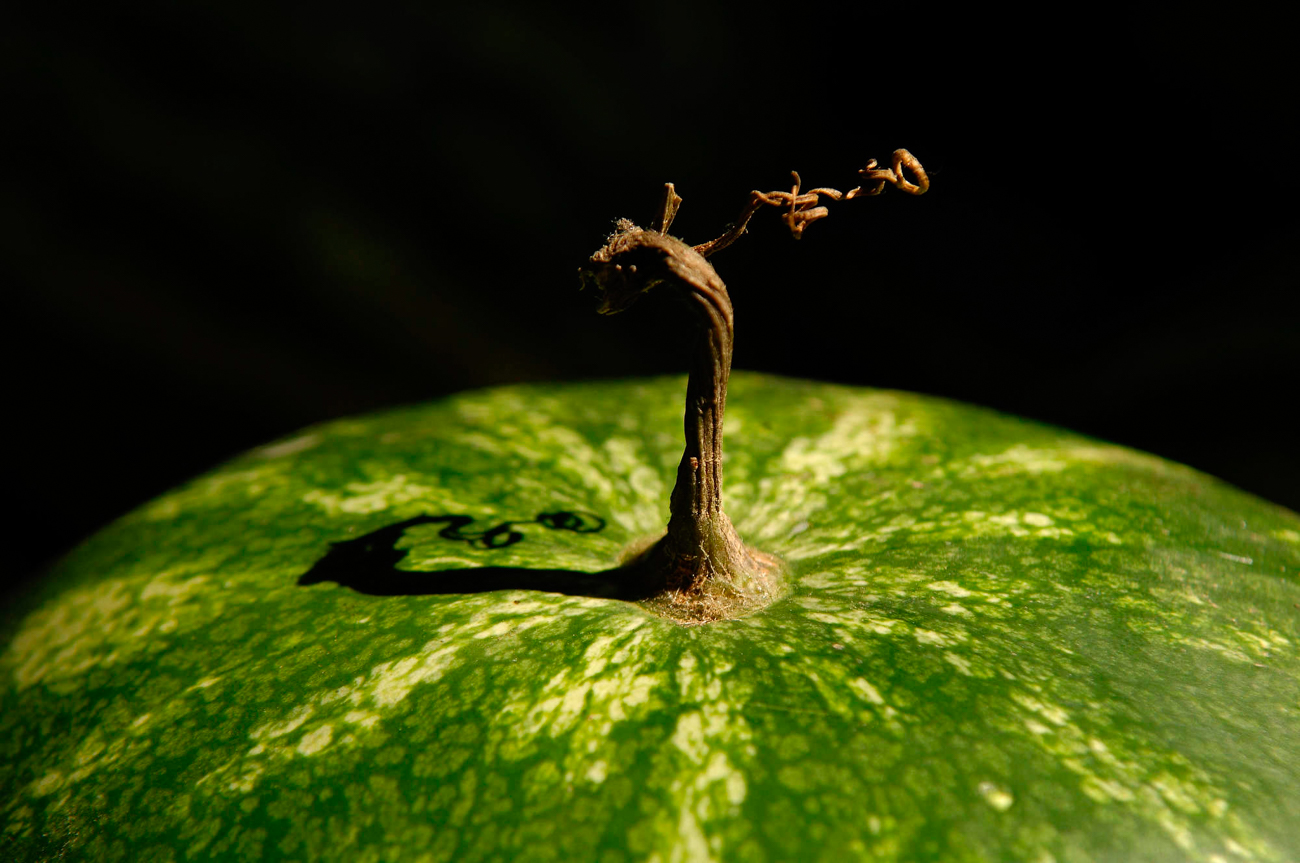
It’s that time of year again. No, not the holiday period, nor enjoying three brief months of good weather time. It’s watermelon time.
Mikhail Mordasov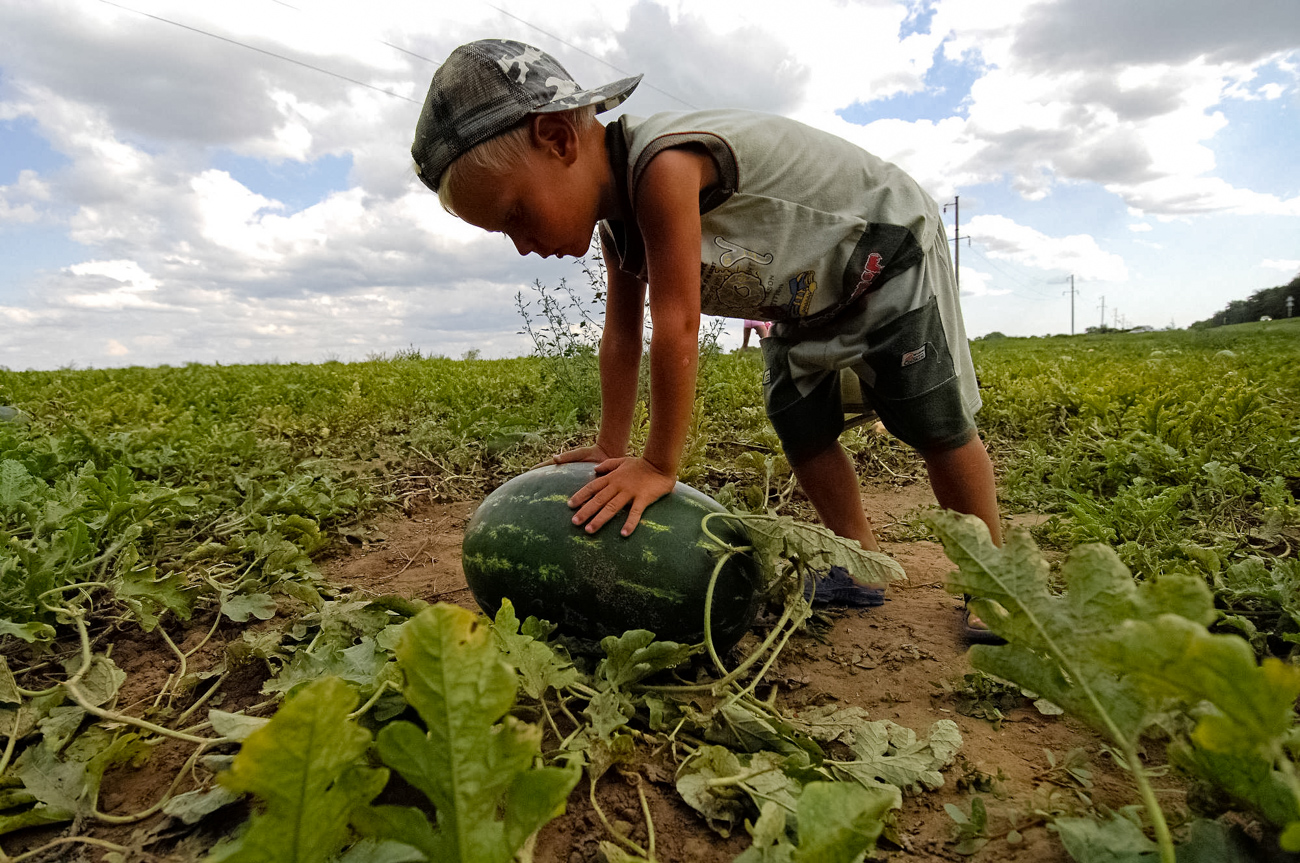
Picture this: A hot summer’s day, Moscow. You’re in the car, slowly inching toward that next intersection after which the traffic will ease and you might just get a chance to arrive early to your dacha (country home). It’s Saturday, and it would almost be a criminal offense not to bring along a couple of fresh, juicy watermelons.
Mikhail Mordasov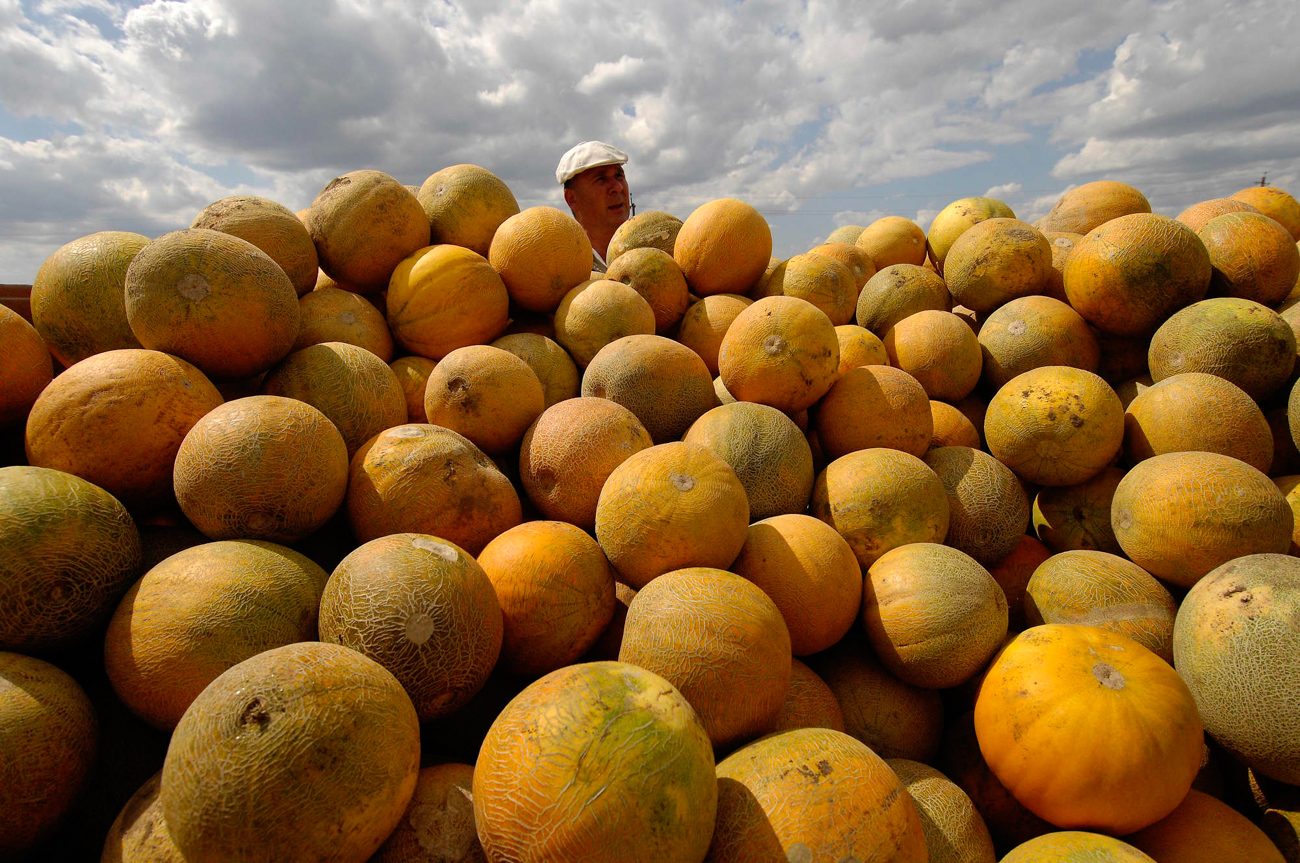
That’s right – no Russian is complete without a slice of watermelon in hand, at least in summer. When Russians are not busy drinking vodka or hacking governmental institutions, we usually enjoy spending time with friends and family at our dachas, cooking kebabs (shashlik) and eating watermelons.
Mikhail Mordasov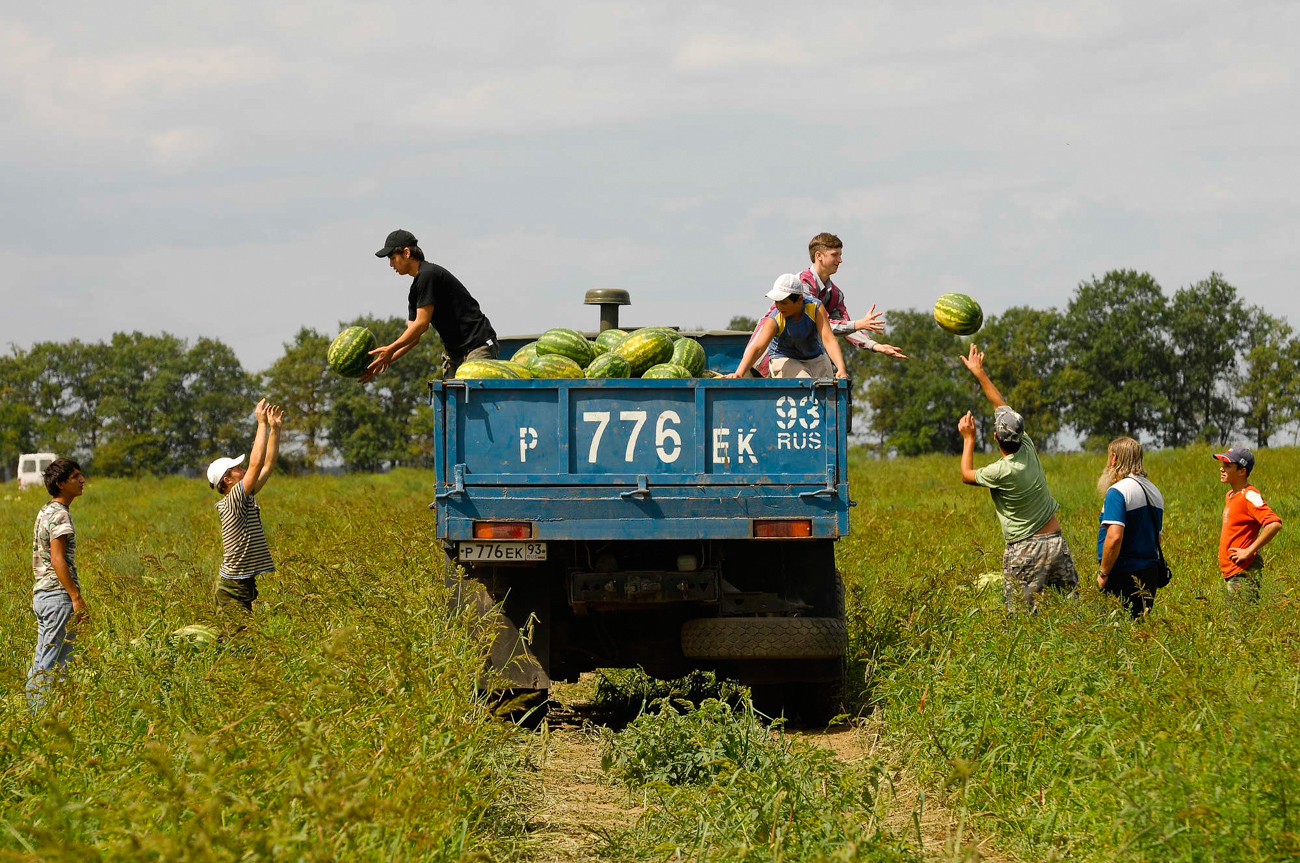
And let me tell you – no summer meal goes smoothly without at least a slice of this wonderful fruit. Because Russians and watermelons go together, well, like Russians and watermelons!
Mikhail Mordasov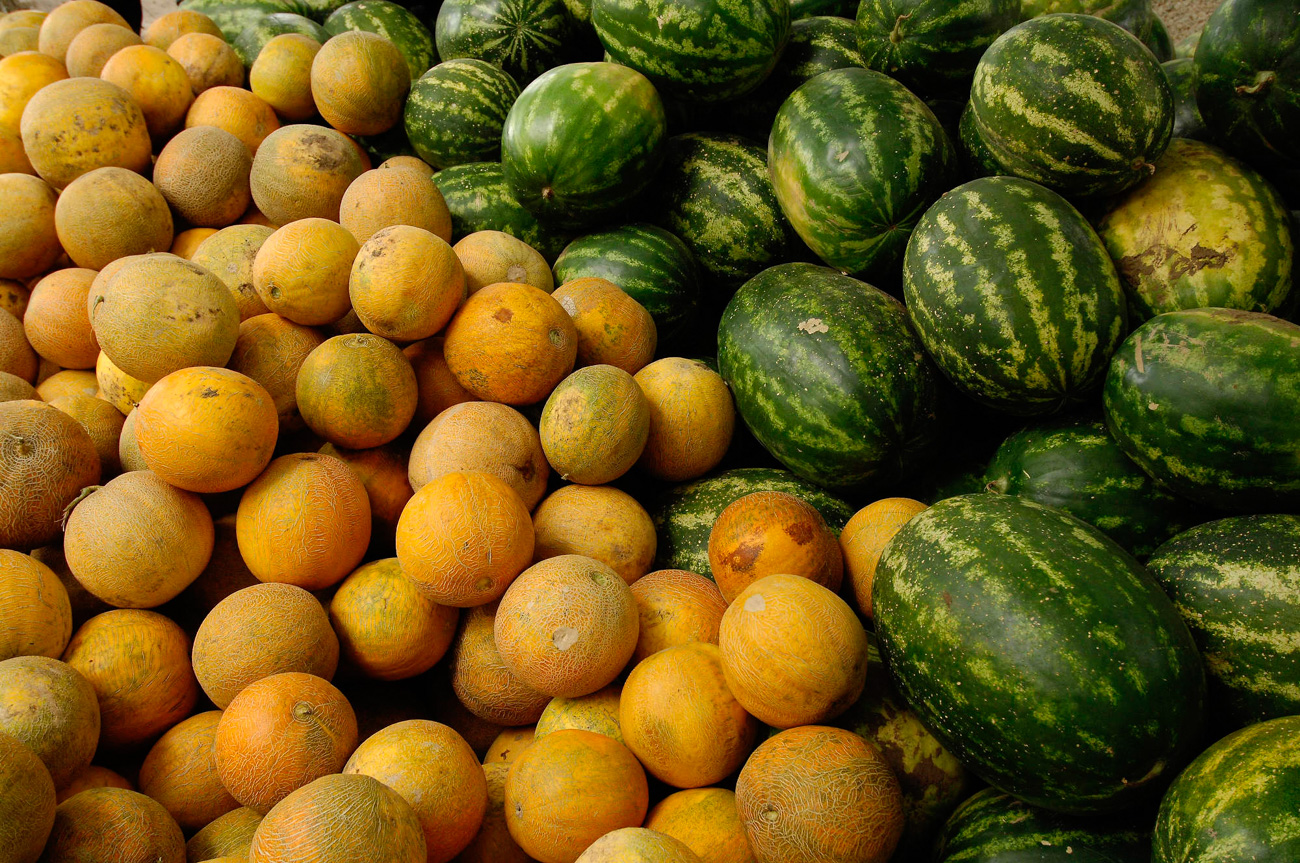
The sweet, juicy flesh of a watermelon is more than refreshing: It quenches thirst and soothes your soul. Trust me.
Mikhail Mordasov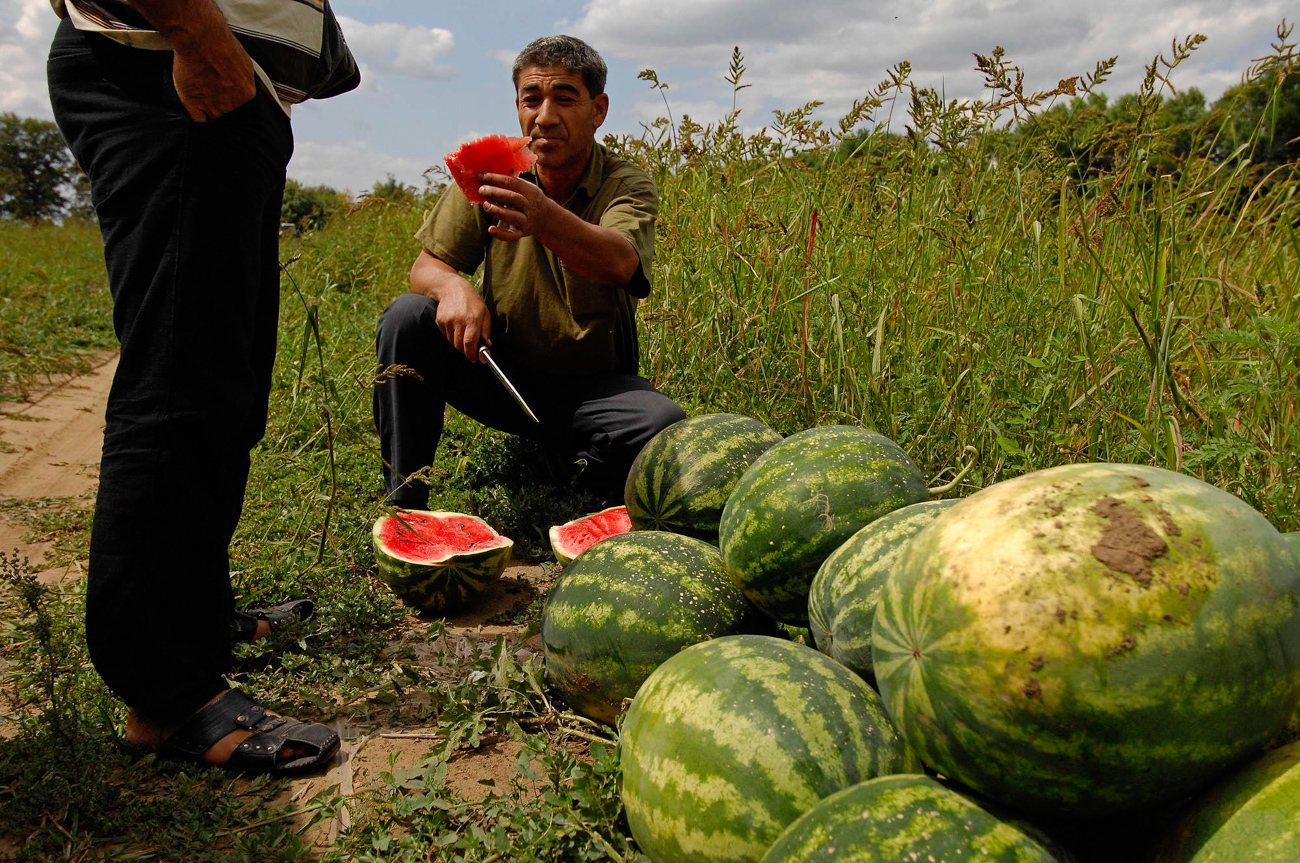
During the summer, melons - and especially watermelons - and are sold everywhere. From the biggest supermarkets in the biggest cities to the smallest grocery stores in the middle of nowhere, you’re almost guaranteed to find a stall selling watermelons during the summer.
Mikhail Mordasov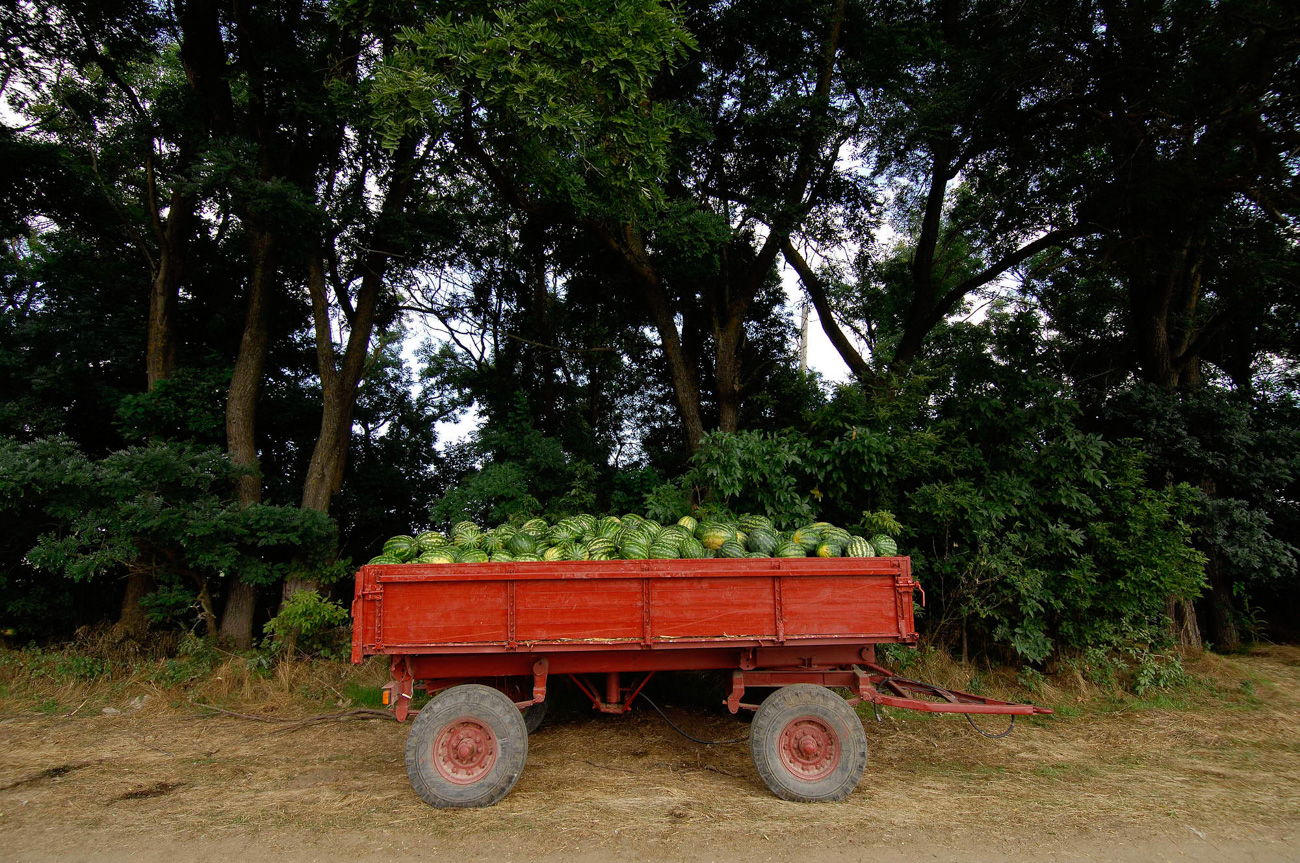
The main region in Russia that produces watermelons is Astrakhan, roughly 800 km south of Moscow. The fruit loves consistent warm weather and there’s no better place to grow melons, although there are other regions that produce them too.
Mikhail Mordasov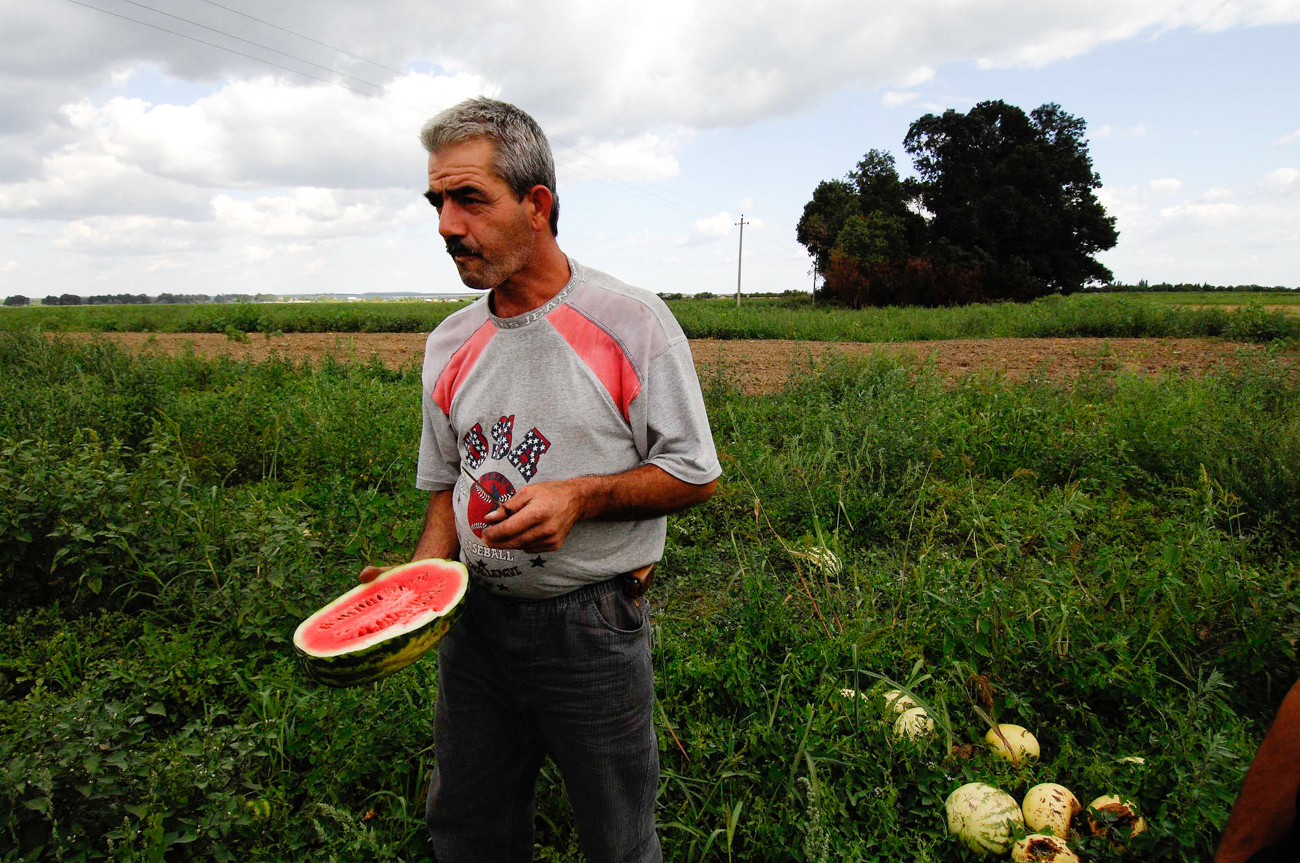
Whatever is left behind after a bountiful crop will be distributed among villagers. The man above decided not to delay the feast and is gorging on the ripe fruit without hesitation.
Mikhail Mordasov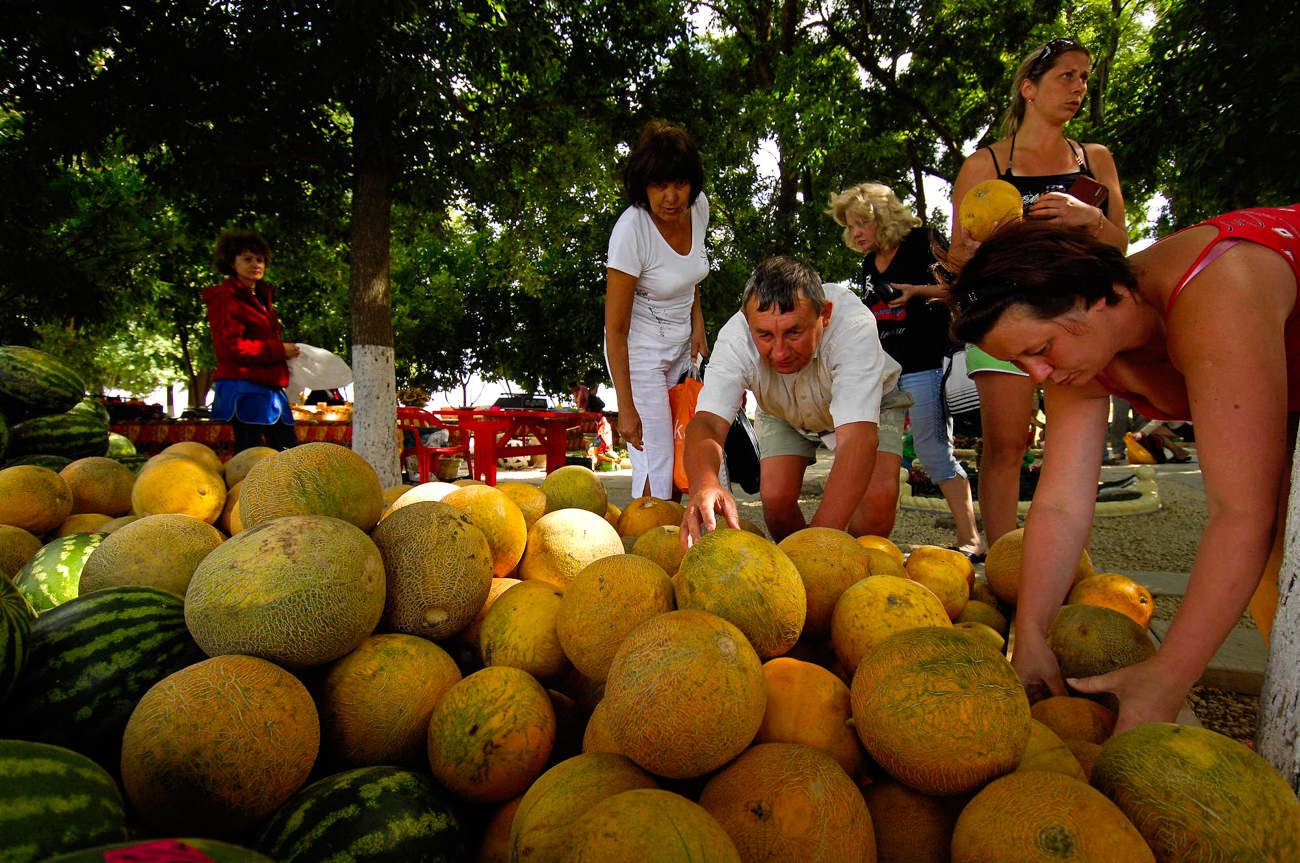
Child labor is ok when it comes to watermelons! This village boy is more than happy to help out with the harvest, because he knows he’ll soon be tucking into a big, fat, juicy watermelon.
Mikhail Mordasov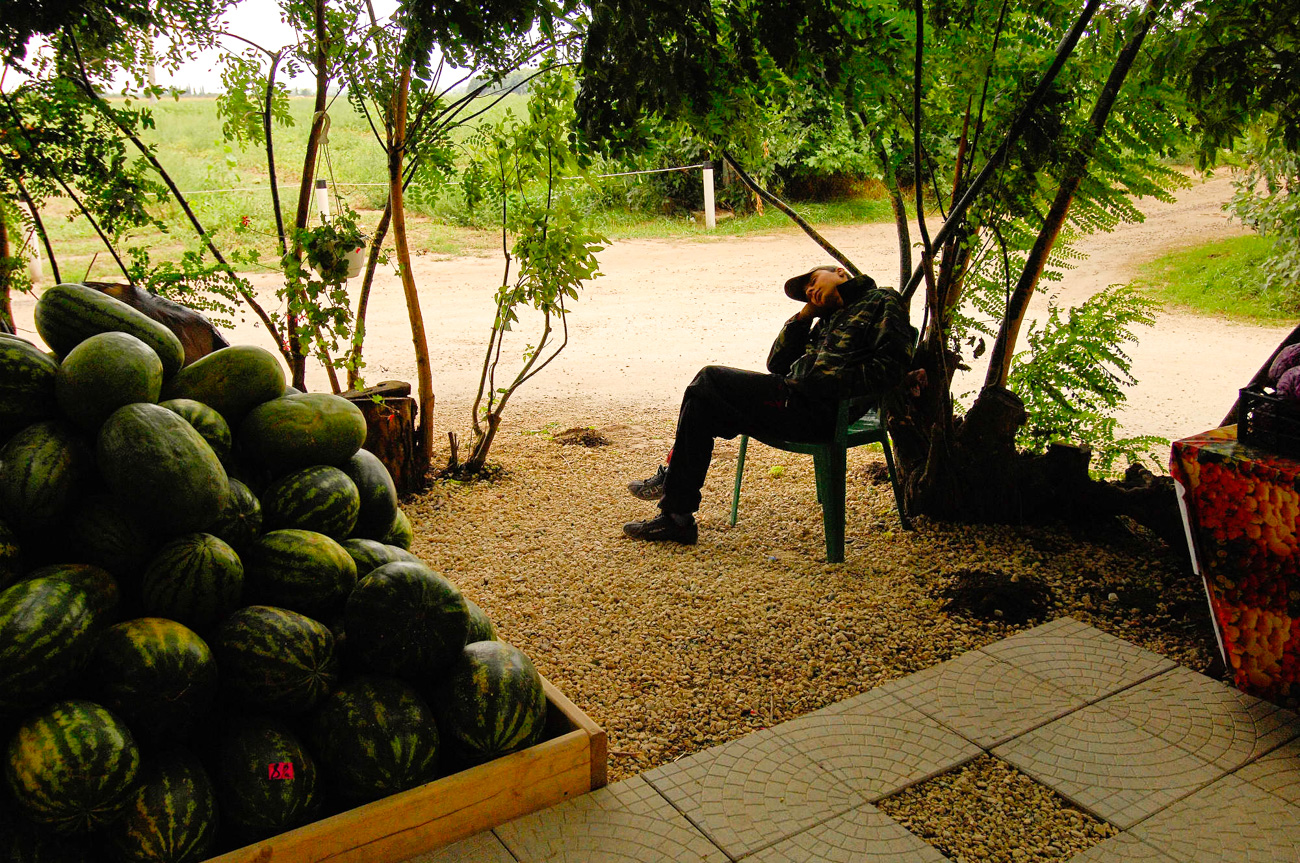
Heck, I saw a woman carrying one at the end of April. It probably wasn’t as good, but I understand her. August can’t come soon enough.
Mikhail MordasovSubscribe
to our newsletter!
Get the week's best stories straight to your inbox